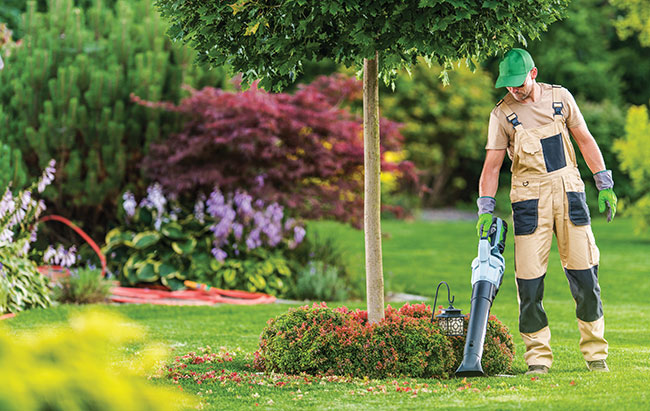
Features
Equipment
Health & Safety
Health & Safety: Keeping workers safe when they’re alone at a job site
Take precautions to ensure safety of those working on their own
November 3, 2023 By CCOHS
 Workers need to
know their safety is a top priority
Photo credit: © Tomasz Zajda/Adobe Stock
Workers need to
know their safety is a top priority
Photo credit: © Tomasz Zajda/Adobe Stock Do you or any of your employees work alone? Whether it’s for a full shift or for any length of time, working alone can increase the risk to a person’s safety and well-being. The extent of the risk depends on the circumstances of the situation, like the location, type of work, interaction with the public, or the consequences of an emergency, incident, or injury.
Lone work environments
A person is “alone” at work when they are on their own, or when they cannot be seen or heard by another person. Working alone or in isolation happens in environments where assistance isn’t readily available to the worker in case of emergency, or if the worker becomes injured or ill.
Some workers may only be alone for short periods of time. However, others might spend their entire shift working alone.
While it isn’t always hazardous to work alone, it is essential to assess each situation and take precautions to keep lone workers safe.
Identify and assess hazards
Identify any hazards associated with the job and assess the risks to the worker. Factor in where the work is happening, the nature of the work, and the amount of time the worker will be alone. Be aware of any legal restrictions as some jurisdictions have specific laws in place concerning working alone.
You should also identify any situations that may involve high-risk activities. Using hazardous equipment or tools can be particularly risky. Do workers work with trimmers, rotating equipment, or electrical tools? Are they exposed to hazardous products, chemicals or pesticides? Is there a possibility of violent interactions with the public?
Additional hazards for outdoor workers may include exposure to dangerous plants such as poison ivy, insect bites and stings that can transmit disease and infection, encounters with unfriendly domestic or wild animals, and severe weather conditions.
It is also important to consider communication options for lone workers during the hazard assessment. Do they have reception in the locations where they’re working? Can they hear a radio or cell phone over other tasks they are completing? This review will help when creating a check-in procedure.
Lastly, make sure to document any situations or incidents that could reasonably arise while the worker is doing his or her job, being sure to consider any previous incidents that have occurred. Pay special consideration to whether the worker was alone or not, and how working in isolation may increase the severity of the incident. Involve workers in the risk assessment process as they know their jobs best.
Establish safe work procedures and provide training
Clear and communicated written safe work procedures can help create a safe work environment. These procedures typically outline protective measures to control potential hazards and provide workers with the steps to follow in an emergency. The procedures must include information on the appropriate personal protective equipment, regular rest breaks, insect repellent or protective clothing, and what to do in the event of potentially severe weather conditions.
Having a specific workplace policy and procedure for working alone may also be beneficial. This policy could include arranging staff schedules to prevent workers from being their own, modifying work practices, and scheduling higher-risk activities when others are present and able to assist.
For workers whose job is solitary by nature, check-ins should be a part of their safe work procedures. Establish check-ins where workers communicate with a supervisor or colleague at regular, predetermined intervals to ensure their safety, and the procedure to follow if they miss their check-in. Review the communication options available and make sure workers are provided with a cell phone or radio while working in remote locations. Consider options to provide a person-down alarm or monitor that alerts their supervisor of an issue.
Once the policy and procedures are in place, you must communicate them and provide training to everyone affected. Include training on how to identify hazards, follow safe work and check-in procedures, perform tasks safely, and report unsafe work situations. Workers should also be trained on the safe operation of any machinery, equipment, and tools, as well as any communication requirements and how (or who) to call for help if needed.
Make continuous improvements
Be sure to get regular input from your workers, especially those working alone, about the work they do and solutions for addressing hazards. Collect as much information as possible and learn from any incidents that have or could happen with the work you do.
Workers need to know their safety is a top priority.
The Canadian Centre for Occupational Health and Safety (CCOHS) promotes the total well being of workers in Canada by providing information, training, education, systems and solutions that support health and safety programs and injury and illness prevention.
www.ccohs.ca
Print this page